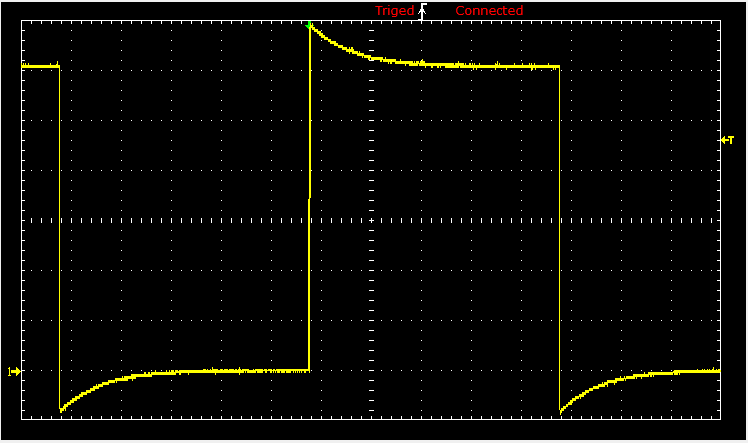Norms
In order to define how close two vectors are, and in order to define the convergence of sequences of vectors, mathematicians use a special device, called metric (which is actually a distance). However, since we need to incorporate vector additions, a metric in vector spaces is generated by a norm.Let V be a vector space over a field 𝔽, where 𝔽 is either the field ℝ of reals, or the field ℚ of rational numbers, or the field ℂ of complex numbers. A norm on V is a function ∥ ∥ : V → ℝ+ = { r∈ℝ : r ≥ 0 }, assigning a nonnegative real number ∥u∥ to any vector u ∈ V, and satisfying the following conditions for all x, y, z ∈ V:
- Positivity: ∥x∥ ≥ 0 and ∥x∥ = 0 if and only if x = 0.
- Homogeneity: ∥kx∥ = |k|·∥x∥.
- Triangle inequality: ∥x+y∥ ≤ ∥x∥ + ∥y∥.
Out of many possible norms, we mention four the most important norms:
-
For every x = [x1, x2, … , xn] ∈ V, we have the 1-norm:
\[ \| {\bf x}\|_1 = \sum_{k=1}^n | x_k | = |x_1 | + |x_2 | + \cdots + |x_n |. \]It is also called the Taxicab norm or Manhattan norm.
-
The Euclidean norm or ℓ²-norm is
\[ \| {\bf x}\|_2 = \left( \sum_{k=1}^n x_k^2 \right)^{1/2} = \left( x_1^2 + x_2^2 + \cdots + x_n^2 \right)^{1/2} . \]
-
The Chebyshev norm or sup-norm ‖v‖∞, is defined such that
\[ \| {\bf x}\|_{\infty} = \max_{1 \le k \le n} \left\{ | x_k | \right\} . \]
-
The ℓp-norm (for p≥1)
\[ \| {\bf x}\|_p = \left( \sum_{k=1}^n x_k^p \right)^{1/p} = \left( x_1^p + x_2^p + \cdots + x_n^p \right)^{1/p} . \]
- \( \displaystyle \| {\bf x} \|_{\infty} \le \| {\bf x} \|_{1} \le n\,\| {\bf x} \|_{\infty} , \)
- \( \displaystyle \| {\bf x} \|_{\infty} \le \| {\bf x} \|_{2} \le \sqrt{n}\,\| {\bf x} \|_{\infty} , \)
- \( \displaystyle \| {\bf x} \|_{2} \le \| {\bf x} \|_{1} \le \sqrt{n}\,\| {\bf x} \|_{2} .\)
With dot product, we can assign a length of a vector, which is also called the Euclidean norm or 2-norm:
Dot product is a particular case of more general bilinear form, known as inner product. An inner product space is a vector space with an additional structure called an inner product. So every inner product space inherits the Euclidean norm and becomes a metric space. In linear algebra, functional analysis, and related areas of mathematics, a norm is a function that assigns a strictly positive length or size to each vector in a vector space—save for the zero vector, which is assigned a length of zero.
The definition of norm in ℂn needs an accormodation of complex conjugate numbers that are denoted either by overline (mathematics) or asterisk (physics and engineering):



